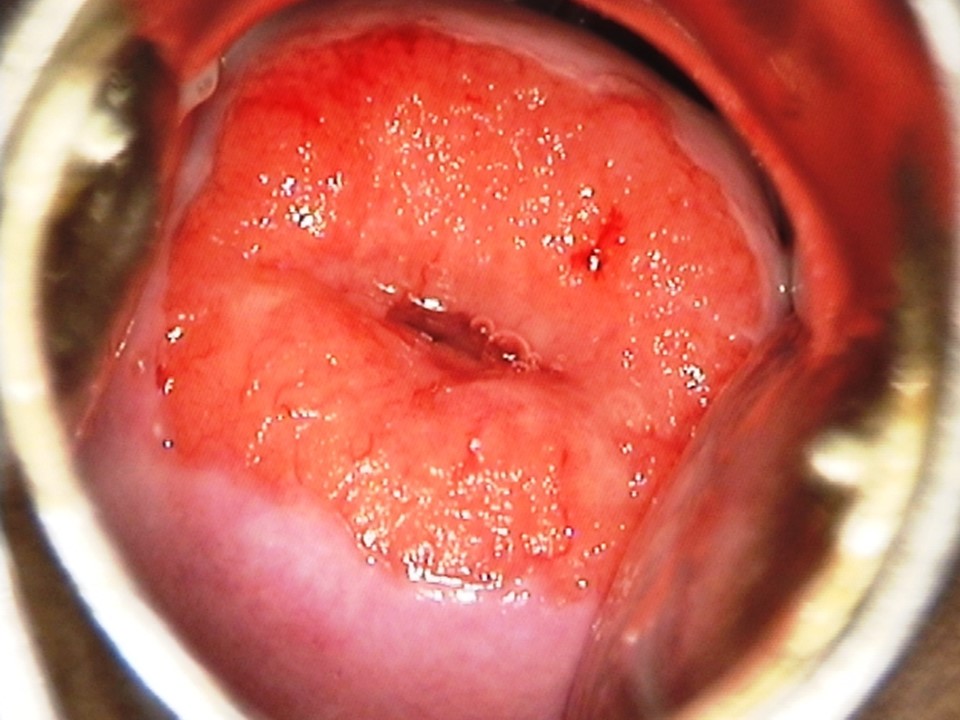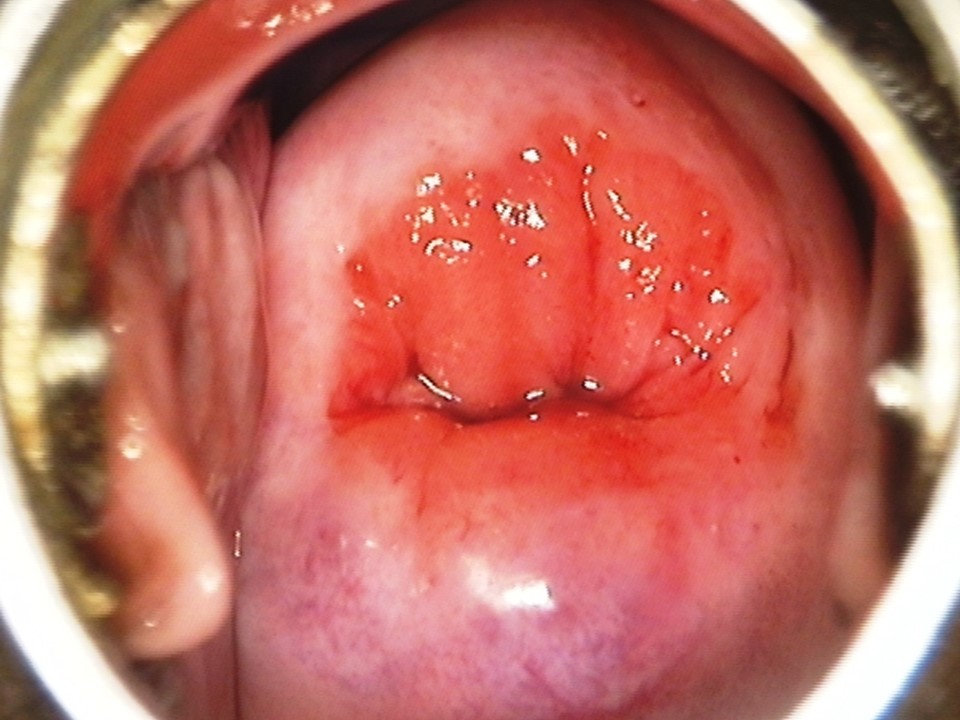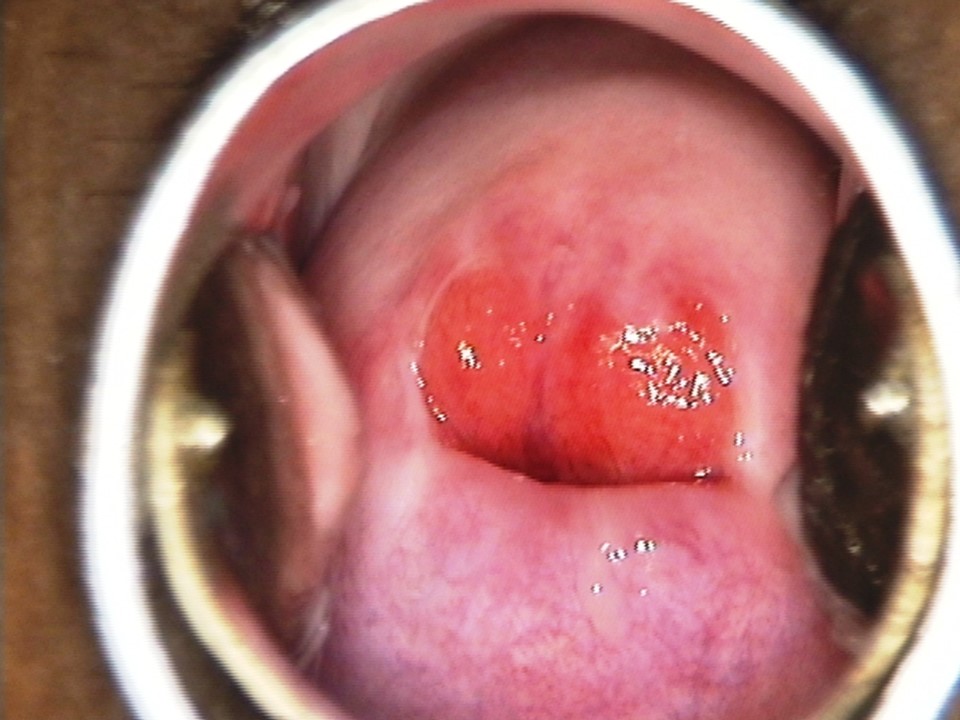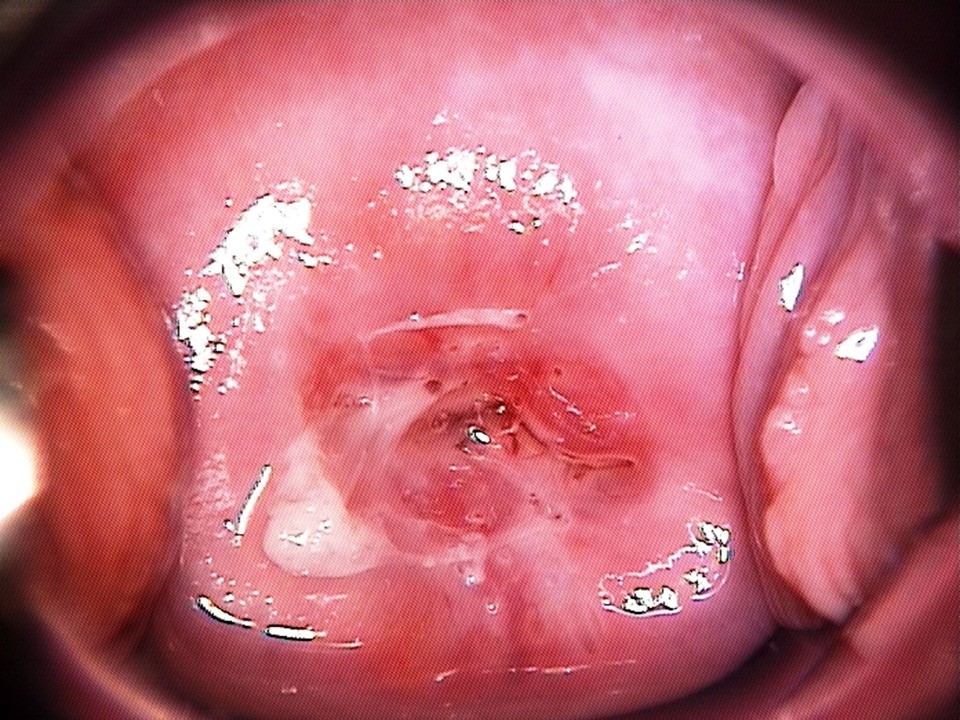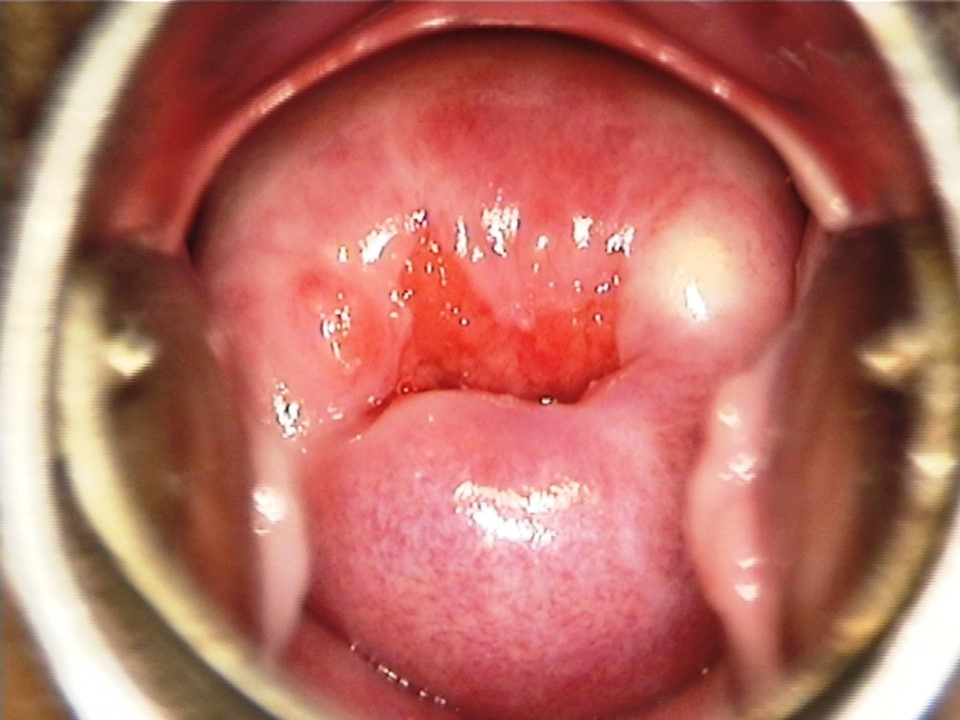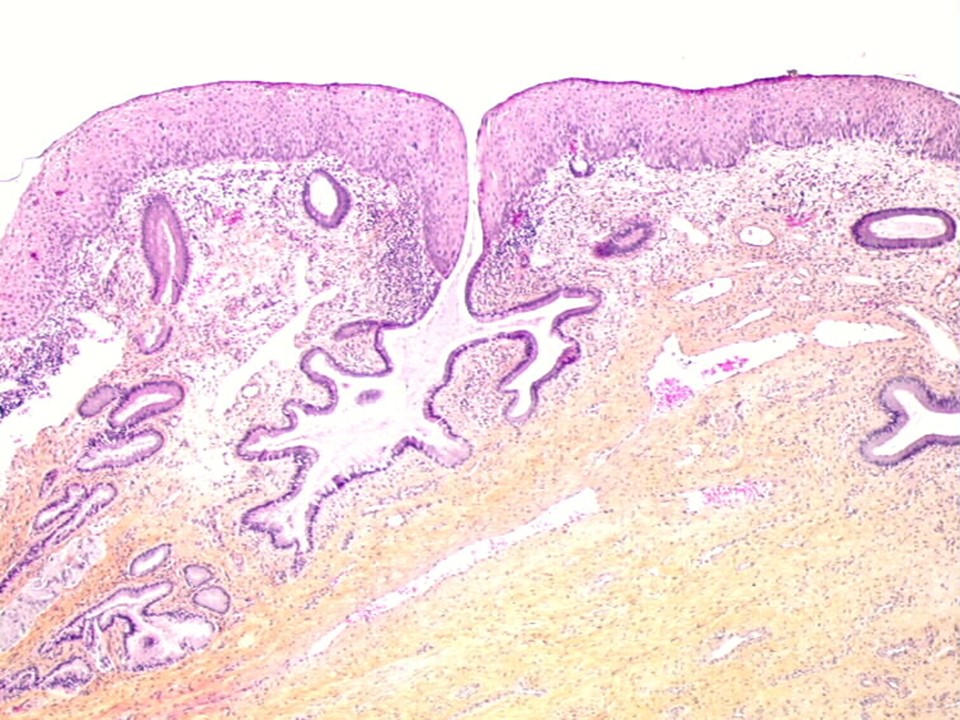Chapters
Introduction
Visual inspection after application of acetic acid (VIA)
Determining eligibility for ablative treatment after application of acetic acid
Anatomical considerations
Cervical epithelium
Physiological changes of cervical epithelium
Neoplastic changes of the cervical epithelium
Changes in the cervical epithelium after application of acetic acid
Instruments, consumables, and setup required for examination after application of acetic acid
VIA procedure
Interpretation of VIA test results
Preventing errors in VIA
Management of women with an abnormal VIA test
Steps to determine eligibility for ablative treatment
Role of Lugolís iodine in identifying the transformation zone for treatment
Treatment by cryotherapy
Treatment by thermal ablation
Videos
Preparation of Monselís solution
Infection prevention
Case study
Quiz
Acknowledgement
Suggested citation
Copyright
Home / Training / Manuals / Atlas of visual inspection of the cervix with acetic acid for screening, triage, and assessment for treatment
.png)
Click on the pictures to magnify and display the legends
Atlas of visual inspection of the cervix with acetic acid for screening, triage, and assessment for treatment
Filter by language: English / FranÁais / EspaŮol / Русский / українськаPhysiological changes of the cervical epithelium Ė Squamous metaplasia |
The vaginal environment is acidic, because of the dominant presence of Lactobacillus bacteria. Exposure of the everted columnar epithelium to the acidic environment of the vagina leads to destruction of the cells, which are eventually replaced by newly formed (immature) squamous epithelium from the periphery. This process of physiological replacement of the columnar epithelium by immature squamous epithelium is known as squamous metaplasia. Metaplasia starts from the distal limit of the ectropion, i.e. from the SCJ located at the periphery of the ectropion, and progresses towards the external os. The newly formed immature metaplastic squamous epithelium gradually replaces the columnar epithelium and forms a new SCJ, which lies closer to the external os. The SCJ that was originally at the distal limit of the ectropion and from where metaplasia started is known as the original SCJ. The newly formed SCJ, which is located closer to the external os, is known as the new SCJ. The original SCJ ultimately becomes a squamosquamous junction (the junction between the original squamous epithelium and the new squamous epithelium) and is no longer distinguishable after the metaplastic process progresses. Hence, the new SCJ is simply known as the SCJ. Henceforth, the new SCJ will always be referred to as the SCJ. During the process of squamous metaplasia, the immature metaplastic squamous epithelium may occlude some of the crypt openings of the columnar epithelium. This results in entrapment of the mucus secreted by the columnar cells, with the formation of retention cysts known as nabothian cysts. Some of the openings of the crypts may remain uncovered by the metaplastic epithelium. These crypt openings remain patent and visible, and some of the crypts keep secreting mucin. The nabothian cysts and the patent crypt openings are the features of the metaplastic epithelium that may be visible during examination of the cervix. The next section discusses how the physiological changes lead to the development of a very important landmark on the cervix: the transformation zone. |
Click on the pictures to magnify and display the legends
IARC, 150 Cours Albert Thomas, 69372 Lyon CEDEX 08, France - Tel: +33 (0)4 72 73 84 85 - Fax: +33 (0)4 72 73 85 75
© IARC 2025 - All Rights Reserved.
© IARC 2025 - All Rights Reserved.





